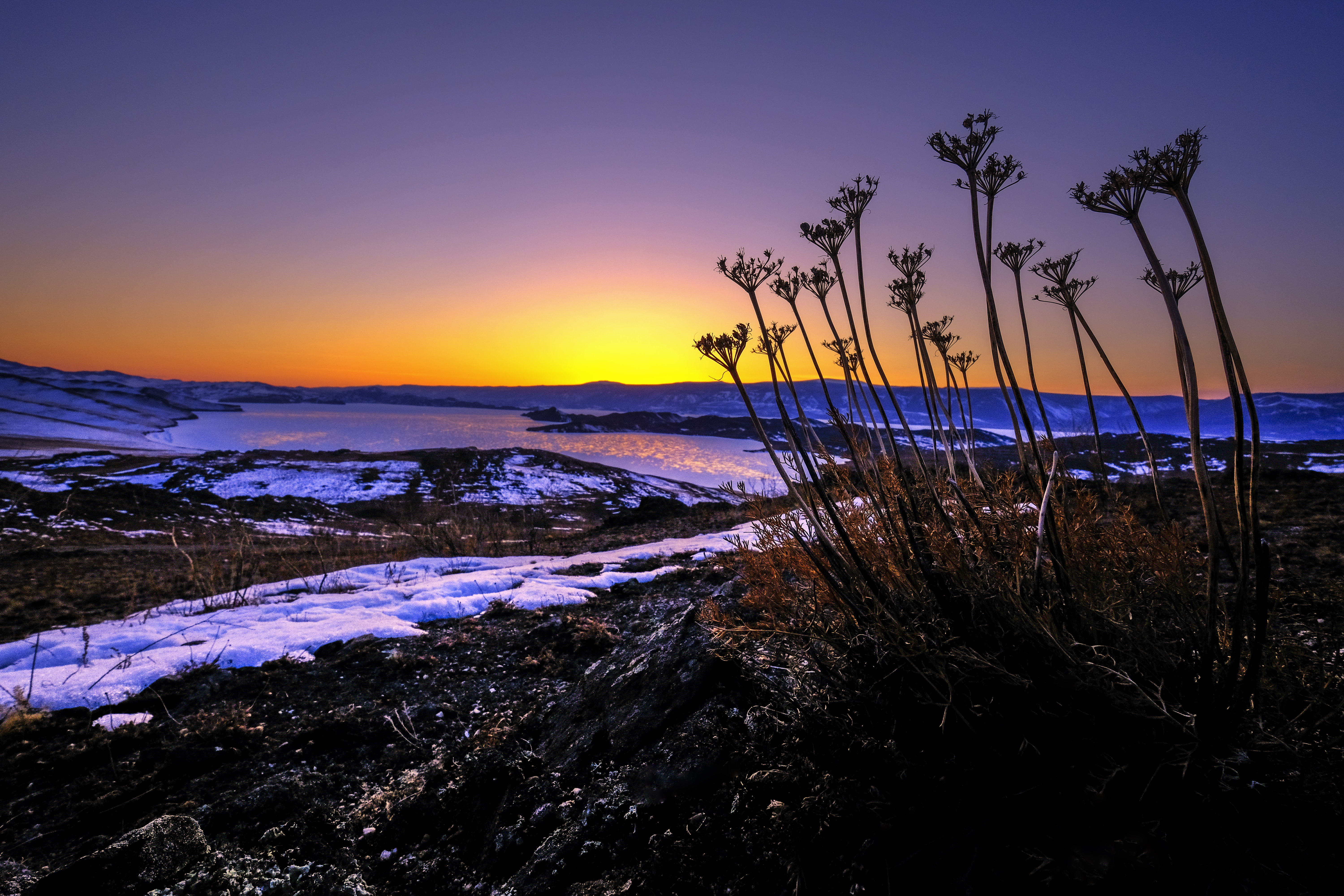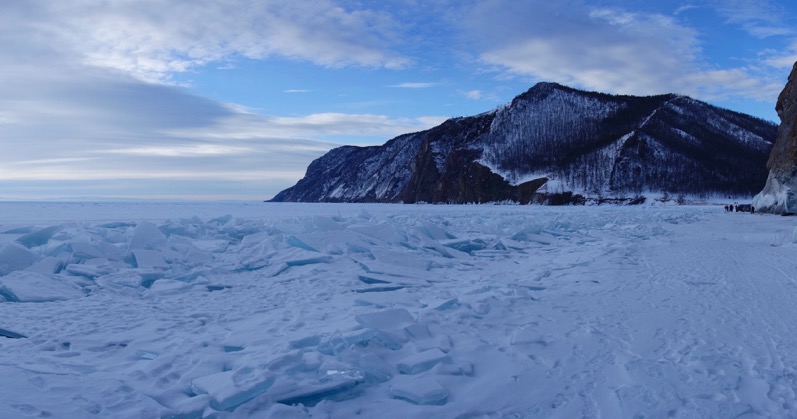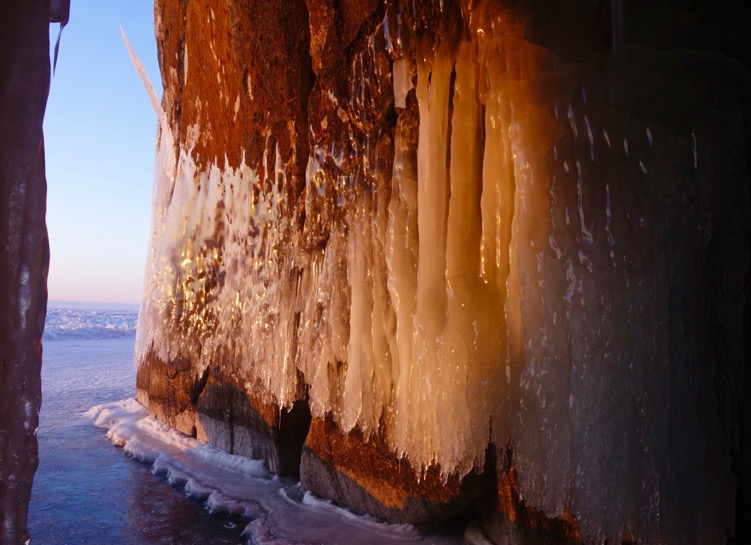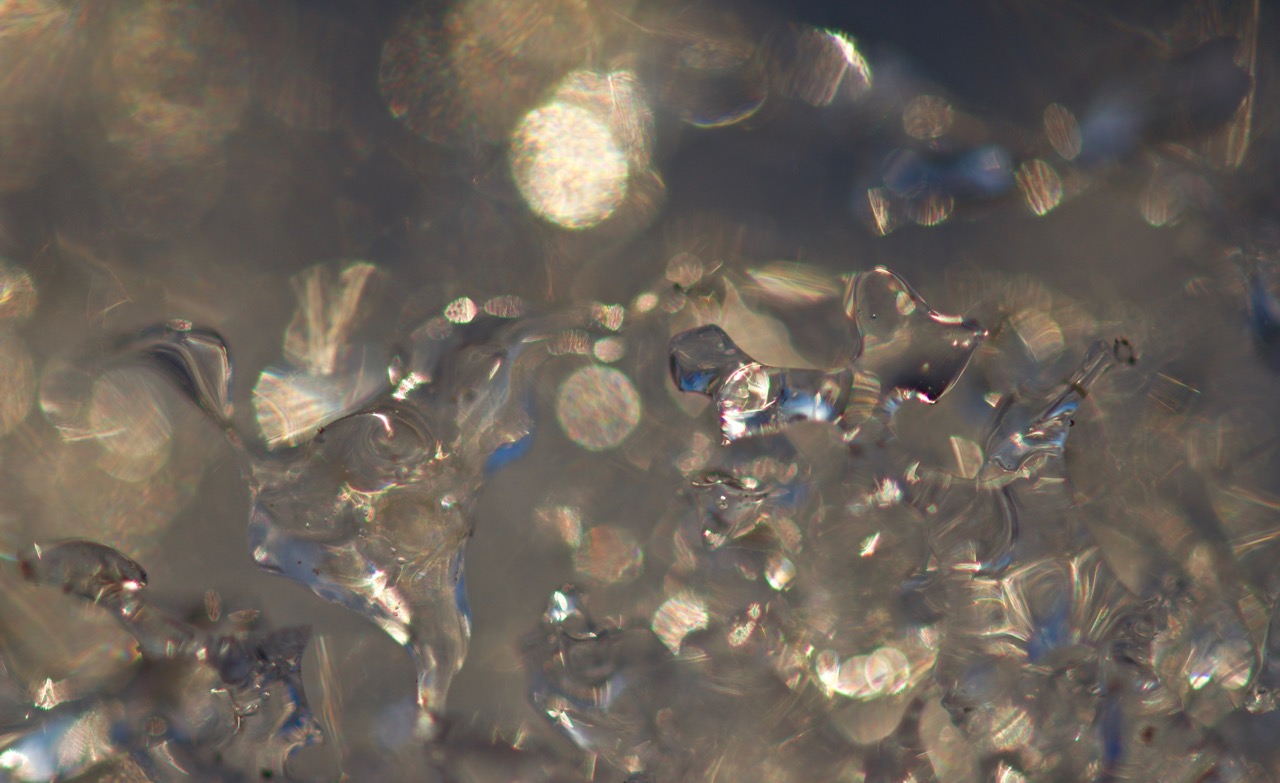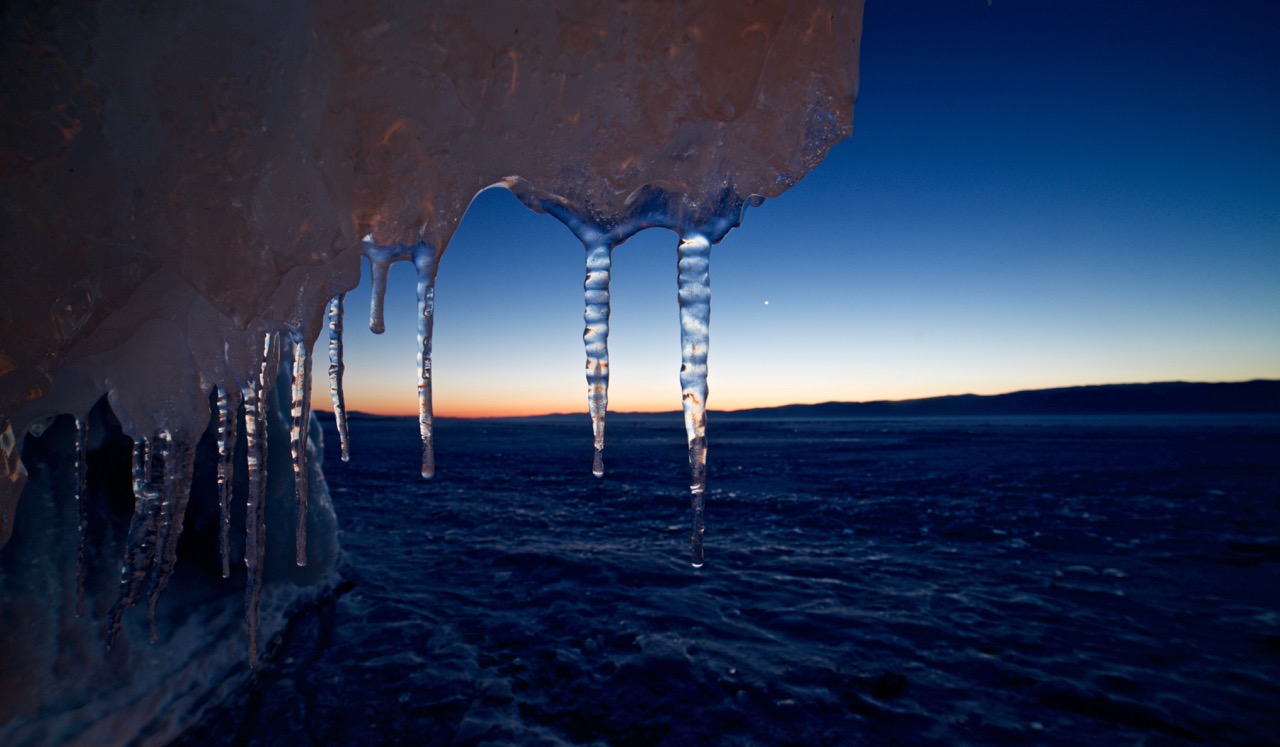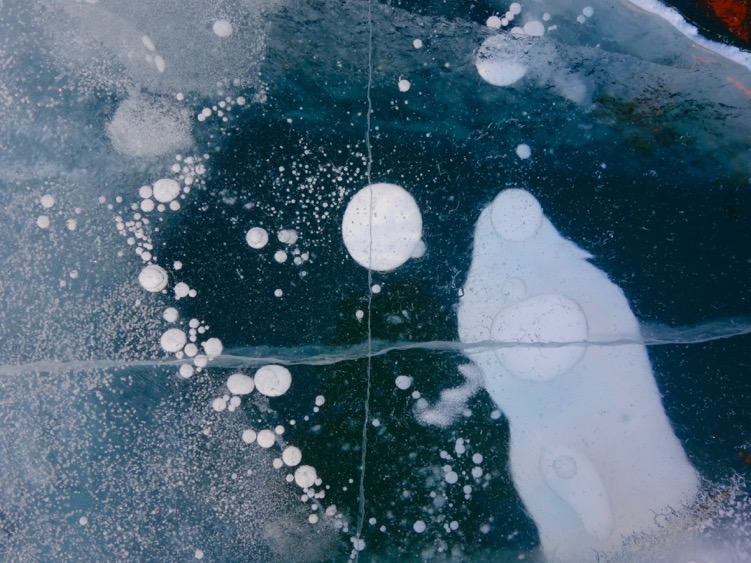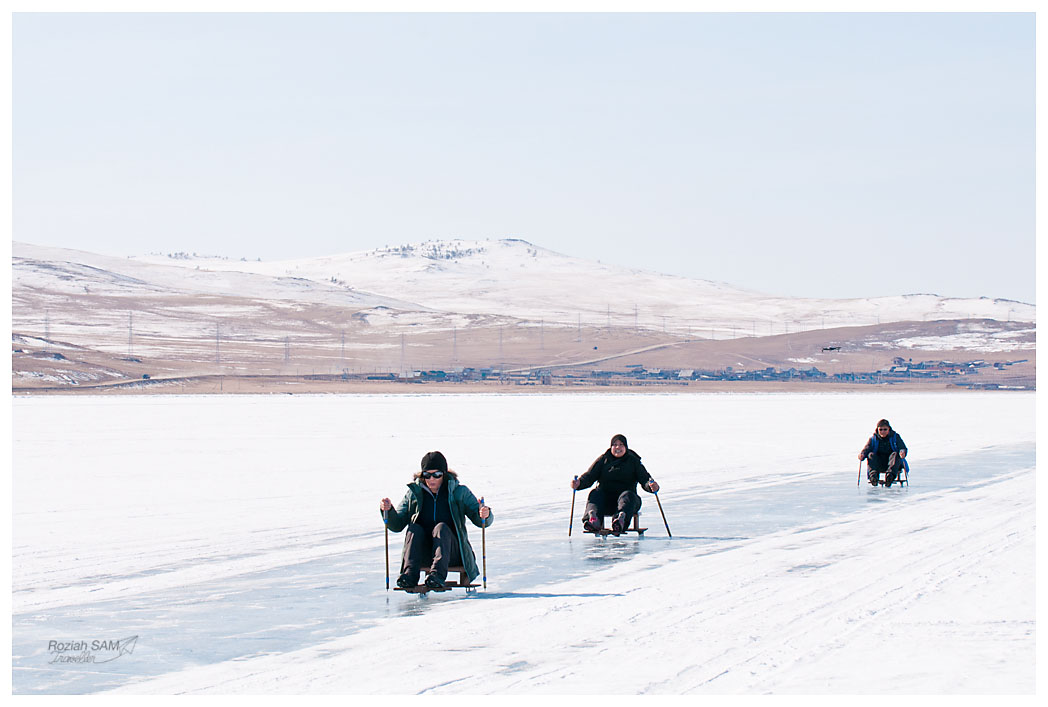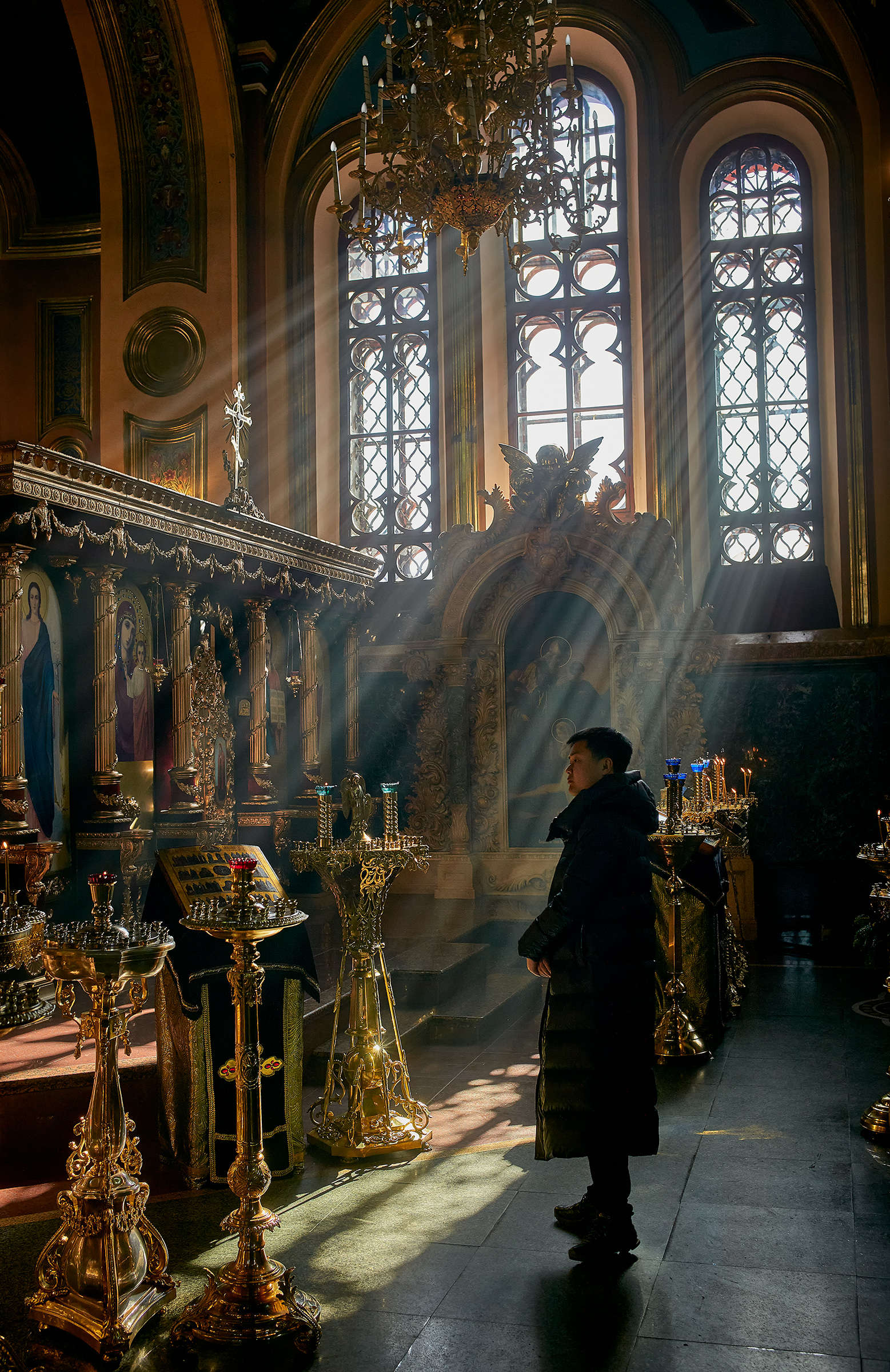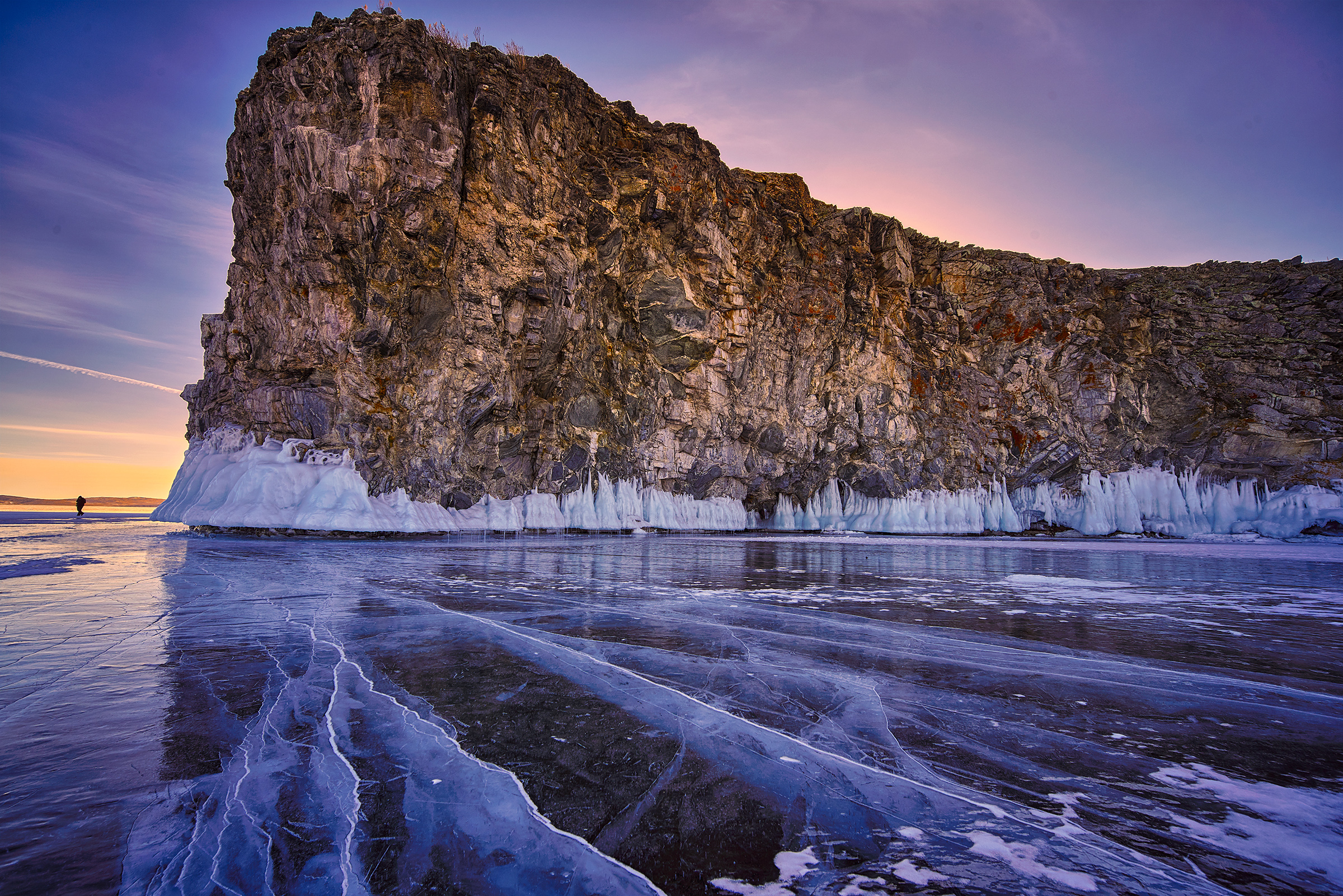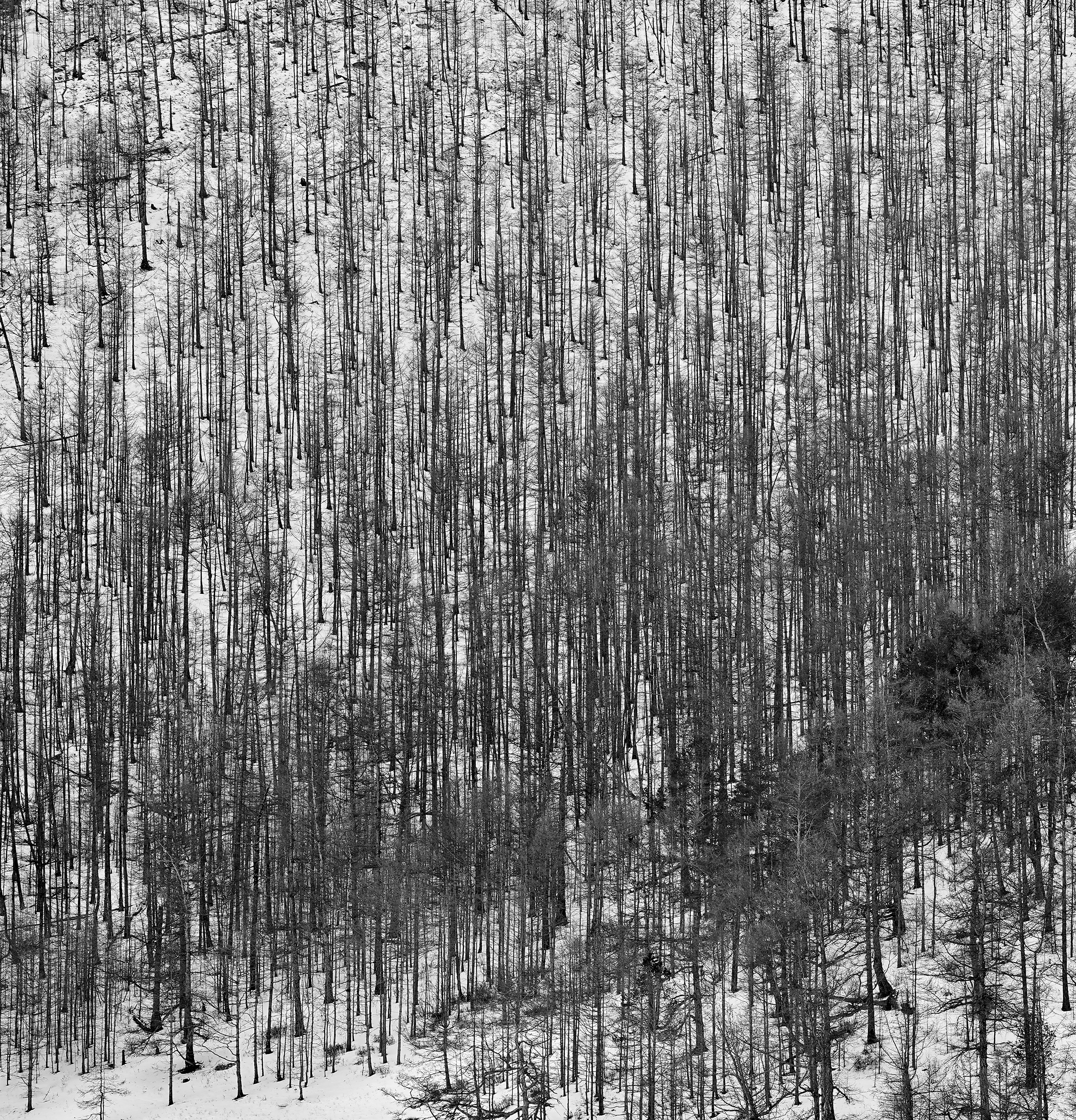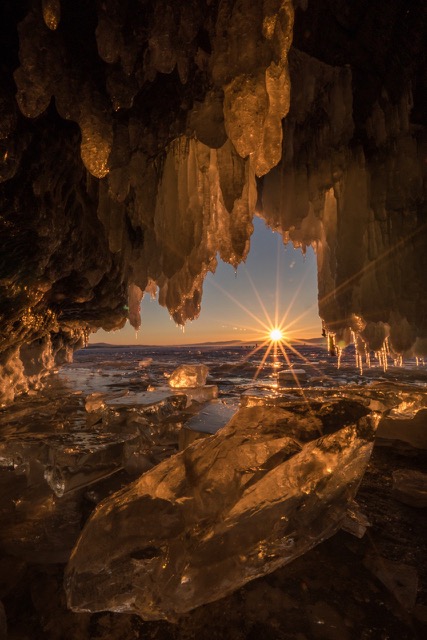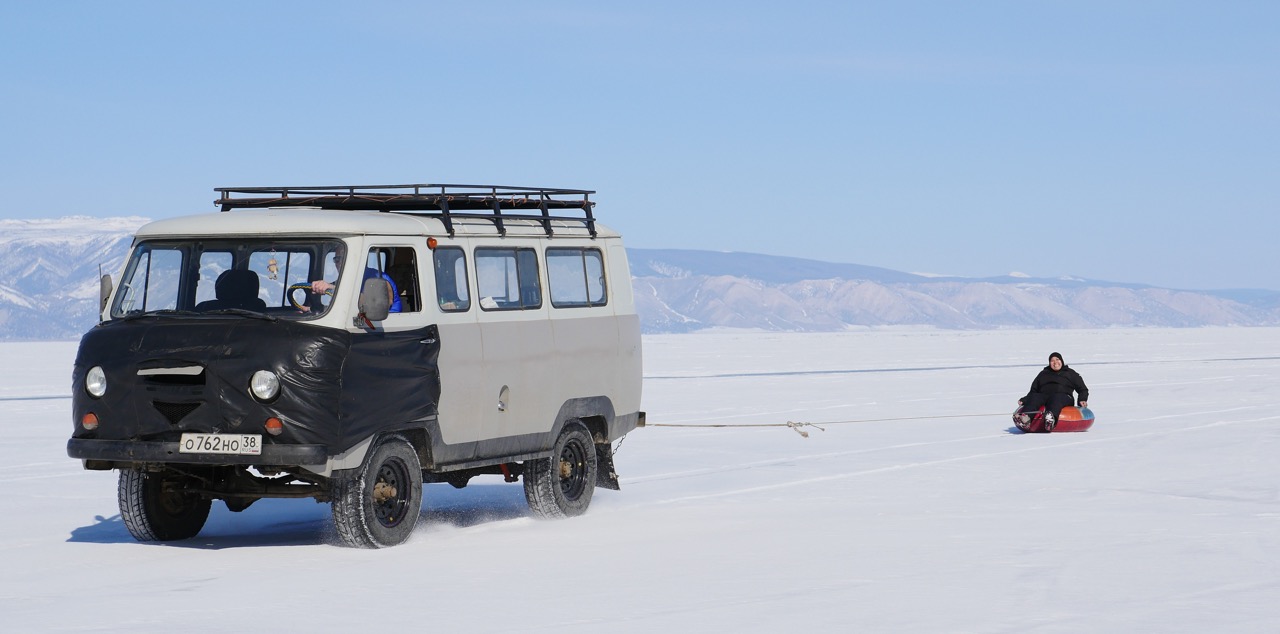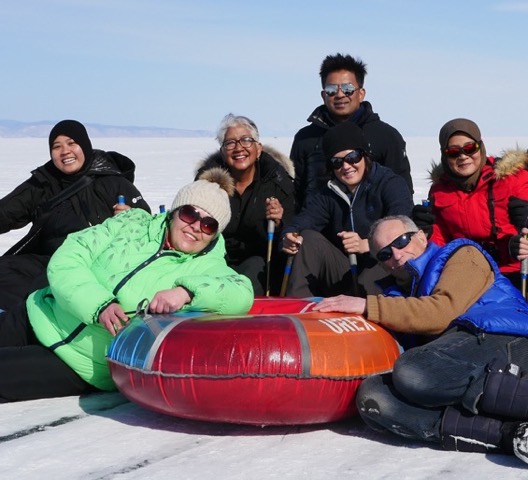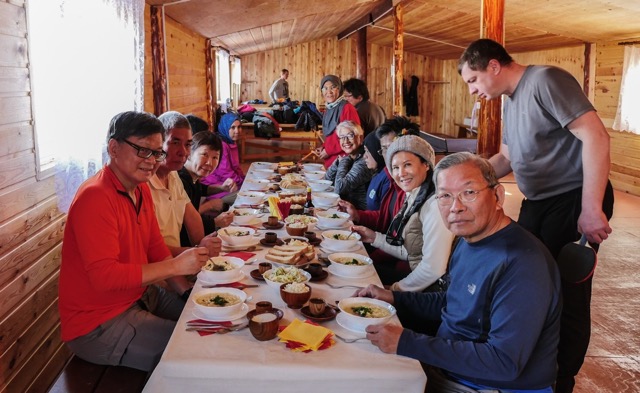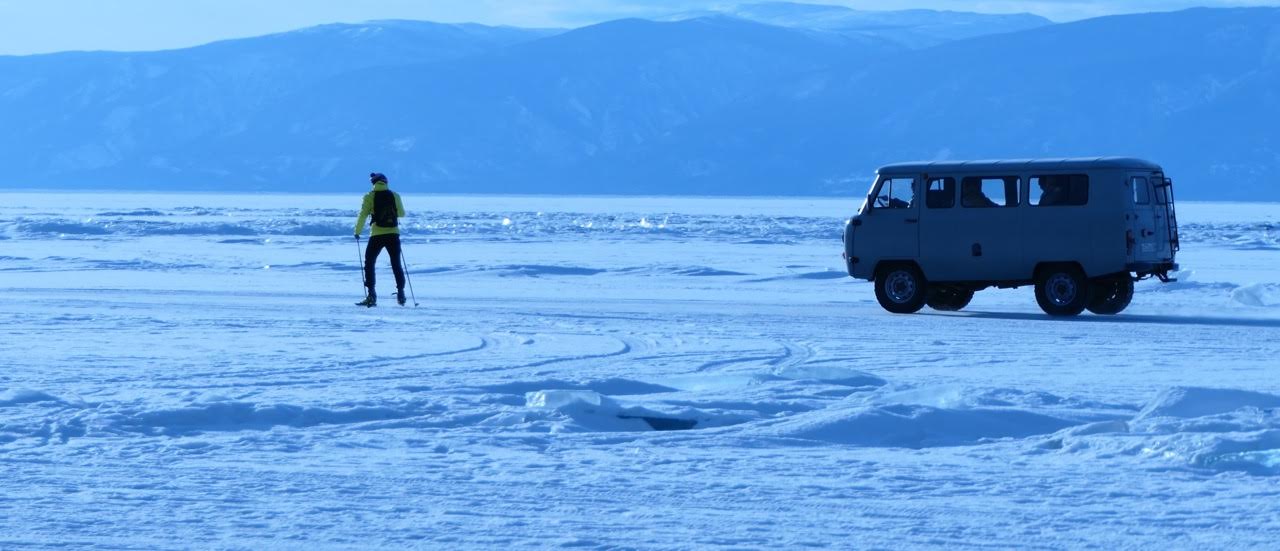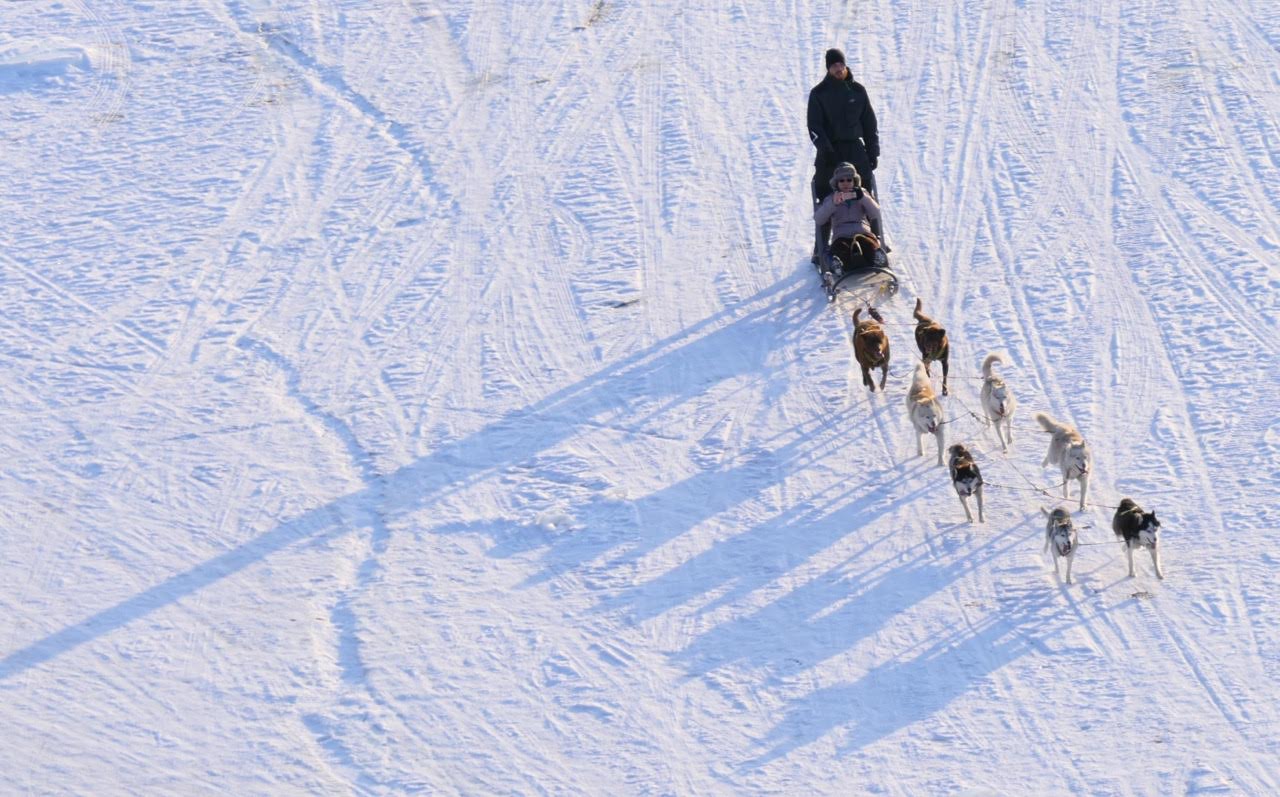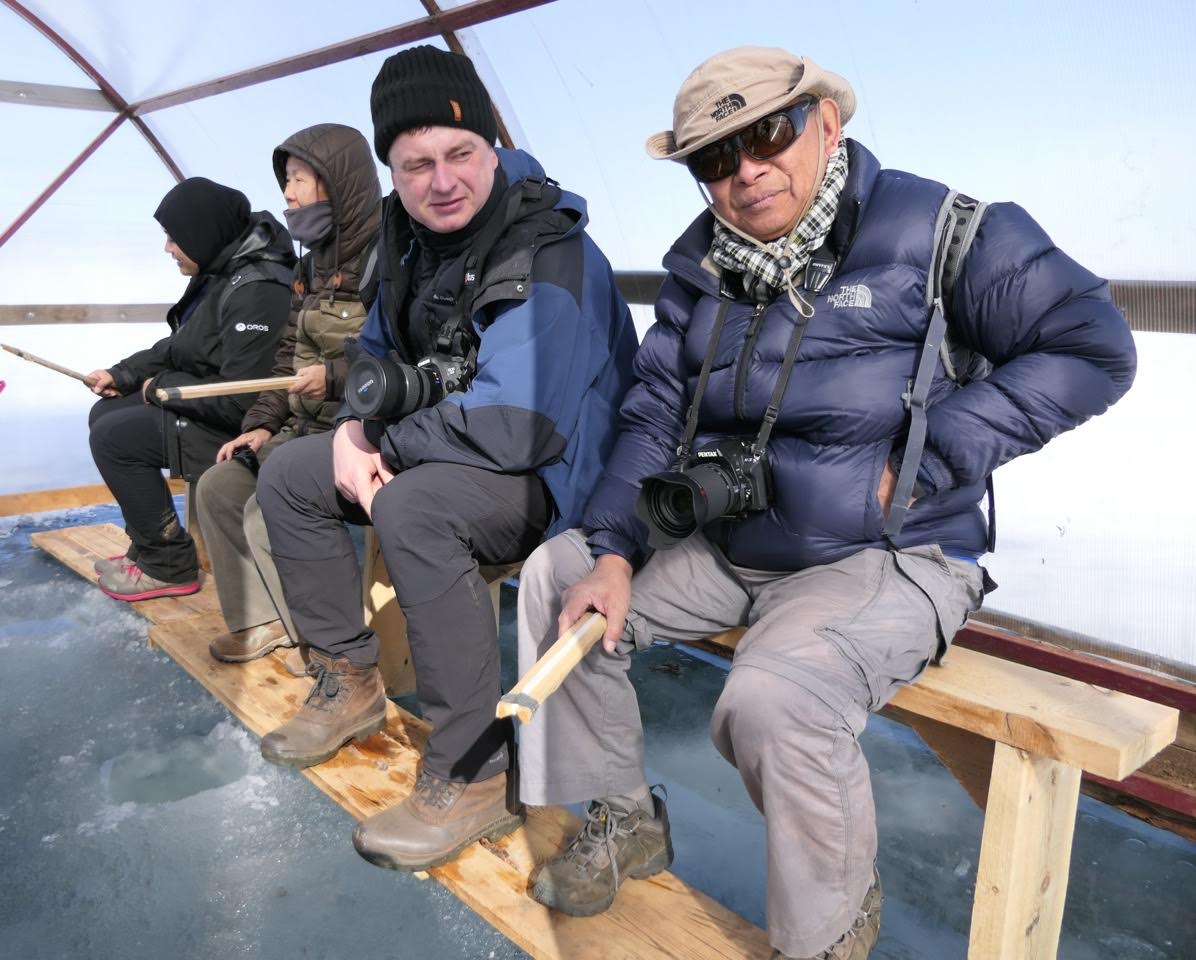Photosafari organized a photo trip to Lake Baikal, Siberia, Russia on March 2017. It was our inagural trip and we did not expect very much from this trip. We were pleasantly surprised by the stunning landscapes and icescapes Lake Baikal has to offer. This travelogue article is written by Rowena Baker and the photos are contributions from our participants. Each participant was asked to provide six of their best photos for this article.
Credits:
Story written by Rowena Baker
Photos by: Participants of Lake Baikal Photosafari
Russia, the world’s largest nation, borders European and Asian countries as well as the Pacific and Arctic oceans with landscape ranges from tundra and forests to subtropical beaches.
Located in deep Siberia, where the Angara river starts from the Baikal Lake, the town of Irkutsk was founded in 1652 and initially developed as a fur trade outpost, and later as the center of a gold rush in the 19th century.
For most visitors, Irkutsk is a launching point for further explorations of the area, either up to the famed Olkhon Island or the often too easily dismissed Listvyanka, both of which are right on the lake. The city itself is walkable and relatively compact, which makes viewing the sights easy enough, thou overall the sights in Irkutsk are overshadowed by what Lake Baikal offers just an hour or so away.
My first adventure with Chan Maxby and the registered participants on his Photosafari expedition. We are fourteen in numbers, including Vladimir our host guide.
Maxby runs fantastic travel expeditions and his Photosafari’s are great fun for photographers and the traveller seeking out far out destinations. One need not be a photographer to enjoy a trip with Maxby. Do contact him for any travel enquiries on his expeditions on www.photosafari.com.my or simply Facebook Messenger him and once off the grid, Maxby will respond.
Baikal is a lake of tectonic origin located in the southern part of Eastern Siberia, the deepest lake in the world (1,642 meters) and the largest natural reservoir of fresh water (19%).
It is situated in the center of Asia, on the border of the Irkutsk region and the Republic of Buryatia.
The Buryats, numbering approximately 500,000, are the largest indigenous group in Siberia, mainly concentrated in their homeland, the Buryat Republic, a federal subject of Russia. They are the major northern subgroup of the Mongols and we are on their land.
The lake stretches from the southwest to the northeast for 620 km in the form of a giant crescent. The width of the lake is in the range of 24 to 79 km.
Baikal is especially beautiful in winter due to the fact that the ice is very transparent and diverse. Lake Baikal freezes over from January till late March, forming a solid icy surface, safe for vehicles!
The Baikal Lake is fed by crystal clear water from glaciers and some 300 fastflowing rivers. Its pristine water is said to be the most transparent in the world. The water quality is extremely good that on a good day you can see 40 meters into the lake.
Containing 20% (1/5 !) of the world’s freshwater, for 636 km of almost intact coastline rich in the semi-precious stones – Jade, Lapis-Lazuli, Jasper one can find beaches, capes, cliffs, bays, forest, unique to Baikal.
The climatic influence of the lake is also remarkable: in this continental region of deep cold and very hot temperatures (-50º, +37º records ), the highest average temperature can reach 15 degrees Celsius during summer and 25 degrees below 0 during winter.
So why March? March is the best time to visit Baikal. The ice is frozen and thick. It can bear the weight of vehicles. The ice is transparent and clear and it keeps that way until the end of March. In the beginning of April it begins to brighten up and loses its clearance, becoming matte. In May, the ice starts to thaw. Keeping warm becomes a priority. Layering, with a waterproof outer layer, waterproof trekking boots, gaitor, pole and crampons, are absolutely necessary. Baikal, here we come!
Lake Baikal is the home of 1,550 species and varieties of animals. More than 80% of the animals are “endemic” as well.
There are about 1,085 species of plants and many of them are “endemic”, existing only in the area of Lake Baikal.
According to local scientists, there are around 1200 species of invertebrates in the Lake Baikal area. Because of of these unique organisms, the ability of Lake Baikal’s self-purification is one of the greatest, as these organisms do their part to purify the water.
Some fishes in Baikal can survive for more than a mile under water.
One bizarre fish in this region is the Golomyanka (oil-fish). The Golomyanka has no scales and a translucent body. They can swim at depths of more than 1000 meters. If they move up to water levels of lower pressure, they might literally explode!
Out of all the animals inhabitating in the Lake Baikal, the most interesting are the fresh water seals.
Scientists still have not determined how the seals got to Lake Baikal, although it is supposed they travelled to Baikal in prehistoric times, from the Arctic through a river.
The nerpas – how they are often called – differ in many aspects from the Arctic seals as they adapt to the Baikal climate.
Nerpa’s are known for their ability to swim under water. They have 2 more liters of blood which enables the nerpa to do without fresh air for almost 70 minutes. According to the observations of workers of the Limnological Institute, nerpa’s can dive to a depth of almost 300 m. This difference between nerpa’s to other seals Is their ability to swim longer. Lake Baikal is surrounded with huge cliffs nerpa’s need more time under water to get a shore or beach where they can emerge and breathe.
The amount of methane stored in the form of hydrates at the bottom of Lake Baikal in Siberia is an estimated 1 trillion m³, which translates into 424 trillion kg of methane, or 424 Gt of methane. By comparison, the amount of methane in the atmosphere is about 5 Gt.
If the water level in Lake Baikal were to fall, the pressure on the methane hydrates would decrease, resulting in huge methane eruptions, dwarfing the amount of methane currently in the atmosphere.
What are the chances that water levels in Lake Baikal will fall in future and dissapear like the Aral Sea which virtually disappeared over the course of the last few decades? Situated in Central Asia, between the Southern part of Kazakhstan and Northern Uzbekistan, up until the third quarter of the 20th century, Aral it was the world’s fourth largest saline lake, and contained 10grams of salt per liter.
It took just 40 years for the Aral Sea to dry up and fishing ports suddenly found themselves in a desert. Some people point at climate change as the cause. More people point at irrigation by farmers. I pray in the decades to come, we don’t loose Baikal the same way.
The spirit of Baikal is indeed something out of the ordinary. Baikal awakens the spiritual consciousiousness. I found myself gingerly pondering over man’s free will to do whatever he wants, and in some sittuations, destroying our Mother Earth.
Besides the nomadic fishermen, there were no other signs of life for much of our explorations, which added to the mystique of the place. The frozen lake seemed almost alive – creaking and groaning as we walked. The wind was roaring and snow was blowing across the surface. Huge blocks of turquoise-colored ice, known as “hummocks” were piled up 12 meters high and icy stalactites grew inside caves that dotted the frozen shoreline. This landscape of arctic beauty simply affirms the feeling, that here in the deepest of Siberia, we were lost in time in another world.
This journal is about our photosafari trip to Lake Baikal. Our route takes us thousands of miles from the city of Kuala Lumpur to Olkhon Island, where we will base. A total of well over 24 hours of travel time across the continents. All those miles yet Siberia and Malaysia share the same time zone! With similar longitudes, it’s almost as if we were to walk a straight line north, we would reach Irkutsk!
Our long journey into Irkutsk proceeds by road to Olkhon. This beautiful nude land seems to have emerged from the fresh waters of Baikal. The surface of the island is green and smooth like meadows, and crumbles down in Baikal in rocky cliffs on the edges. Olkhon is covered by grass and aromatic plants on the side facing the coast (steppe), and by small pine trees (taiga) on the side facing the middle of the lake. It’s about 70 km long and 15 km wide. Olkhon island is located about 250 km north-east from Irkutsk and is reachable overland, or by the sea. We travelled approximately eight hours by car and with a 15-minute ferry crossing. Olkhon is the fourth-largest lake-bound island in the world. It is by far the largest island in Lake Baikal in eastern Siberia, with an area of 730 square kilometres. Olkhon is a great place to get away from civilization, to feel the nature, to live right next to Baikal Lake, and soak in the magnificent energy of the lake. Olkhon is not as touristic as Listvyanka and has good infrastructure. One can enjoy modern life amenities, and It’s possible to rent mountain bicycles, motorbikes or even off-road cars from the locals. There are also kayaks for rent as well as some water activities available. Hiking and tours to the parts of the island that are not populated are a hiker’s and photographers dream.
Photographers adore Lake Baikal, because there is so much to offer. The turquoise coloured crystal clear ice is a sight to behold. There are also the Olhon rocks and a great number of ice grottoes and caves on the way. Besides it is comfortable to travel around the Baikal today –there are comfortable modern lodges with good room facilities and cafes in Olhon. Our lodge was family run and we had the company of three cats and a dog to come home to. Simply awesome.
If you are planning to visit Siberia, please note that it is likely your visa application will be a lengthy process. Proof of travel and a ‘Invitation Voucher’ is a prerequisite before visa application. Multiple visas are only endorsed for business travel. Plan in advance Folks, especially if you are contemplating the Trans Siberian Route. It takes a lot of planning in advance. I ran out of days but it is on my list for the next Russian Expedition.
Internet data is easily obtainable with the purchase of a local sim card. For a mere USD5 gives unlimited data for a month. Coverage on Olhon is good. Most area’s on the Lake are without mobile coverage.
I will let the pictures do the talking from now on.I am in esteemed company. Credit goes to the photographers, my friends, whom I’ve had the pleasure to meet on this excursion. A lot of thinking goes into a simple photograph. In harsh weather conditions these photographer’s prevailed. Thank’s so much for sharing. Special thanks to my patient Drone Explorer & Accidental Photographer, Farizul Zulkifli for putting up with my many mad adventure escapades and photography/video requests
Photo Gallery by our participants
- Dr. Norlaily Hassan
2. Dr. Seto Boon Hong
3. Roziah Shamsuddin
4. NS Ng
Dr Wayne Hon
Prettyzer Hon


